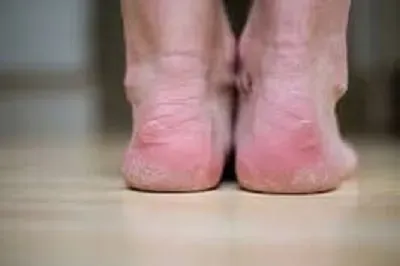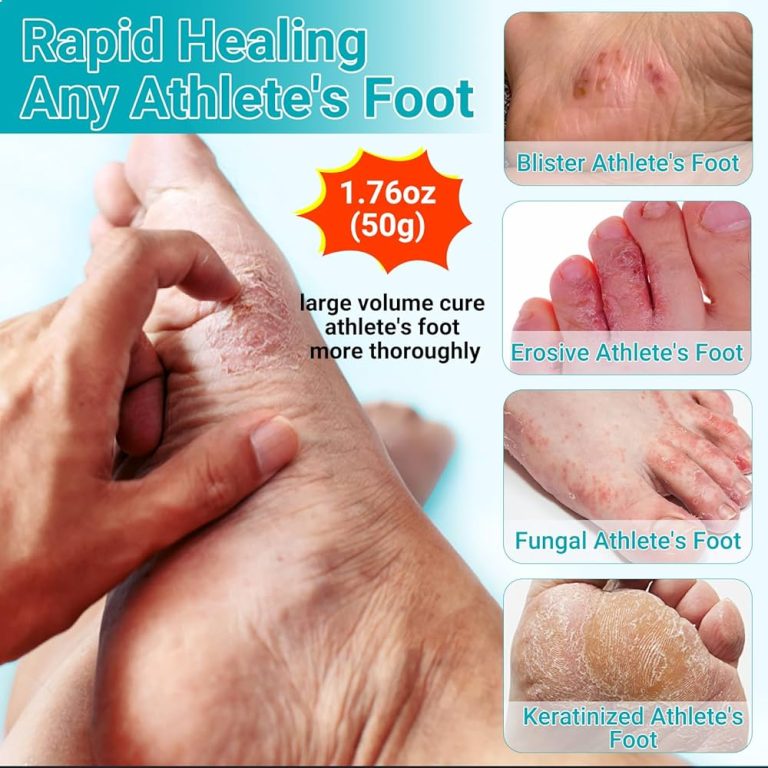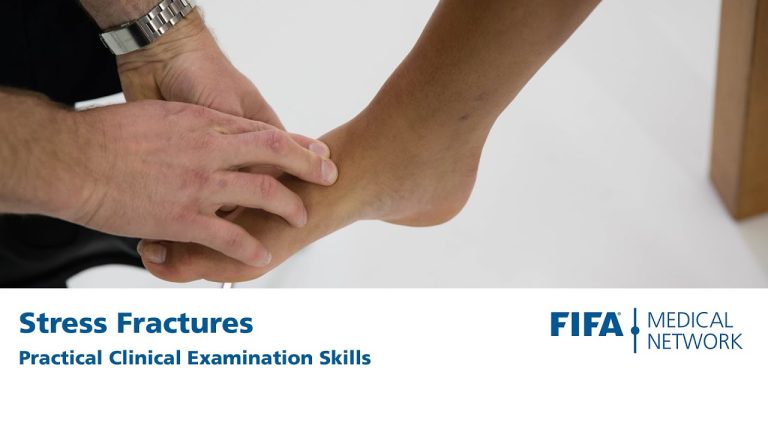Can You Run On A Broken Toe
Yes, you can run on a broken toe depending on the severity and pain level experienced. Running with a broken toe can exacerbate the injury and delay healing, so it is important to consult a healthcare professional for proper diagnosis and treatment.
Ignoring the injury and continuing to run can lead to further complications and long-term damage. It is crucial to prioritize rest, ice, compression, and elevation (RICE) and follow any recommendations provided by a medical professional to ensure a speedy recovery.
Remember, pushing through the pain can do more harm than good in the long run. Listen to your body and give it the proper care it needs to heal effectively.

Credit: afcdallas.com
Running With A Broken Toe
Running with a broken toe can be a challenge, as it may cause discomfort and hinder your performance. It’s essential to understand the effects of a broken toe on running and know when it’s safe to resume your running routine. Let’s delve into the details of running with a broken toe.
The Effects Of A Broken Toe On Running
A broken toe can significantly impact your ability to run comfortably and effectively. The pain and swelling associated with a broken toe can make each step excruciating, causing a disruption in your running stride. Additionally, the risk of further injury or exacerbating the existing damage is heightened when attempting to run with a broken toe. These effects can hinder your running experience and prolong the healing process.
When It’s Safe To Run With A Broken Toe
It’s crucial to prioritize your recovery and consult with a healthcare professional to determine when it’s safe to resume running with a broken toe. Typically, it’s advisable to wait until the toe has sufficiently healed and the pain and swelling have subsided. Engaging in low-impact activities and exercises to maintain fitness while allowing the toe to heal is essential. Once you receive clearance from a medical professional, gradually reintroducing running while being mindful of any discomfort is recommended.

Credit: runninforsweets.com
Managing Pain And Discomfort
Taking Pain Medication
- Take over-the-counter pain relievers to reduce discomfort.
- Consult a doctor for the appropriate dosage and types of medication.
Using Tape Or A Toe Splint
- Consult a healthcare professional before splinting your toe.
- Apply medical tape or a toe splint to support the toe.
Preventing Further Injury
If you have a broken toe, it is not recommended to run as it can worsen the injury and delay the healing process. Rest and proper treatment are essential for preventing further harm.
Choosing The Right Footwear
Ensure shoes provide proper arch support and cushioning
Modifying Running Technique
Shorten stride length to reduce pressure on the toes
Alternative Forms Of Exercise
When recovering from a broken toe, it’s essential to find alternative forms of exercise that keep you active without putting undue stress on the injured area. Engaging in low-impact exercises and cross-training activities can help maintain your fitness levels and support the healing process.
Low-impact Exercises
Low-impact exercises are gentle on the joints and can be beneficial for individuals with a broken toe. Walking is an ideal low-impact exercise that can be modified to minimize impact on the affected foot. Swimming and water aerobics are excellent options as they provide a full-body workout without placing pressure on the toe. Cycling, using a stationary bike, or engaging in gentle yoga can also help maintain cardiovascular fitness and muscular strength without exacerbating the injury.
Cross-training Activities
Cross-training involves combining different forms of exercise to achieve overall fitness. Strength training with a focus on the upper body and non-weight-bearing exercises, such as seated leg presses, can allow you to maintain muscle tone and strength while protecting the broken toe. Rowing and using an elliptical machine can also provide a challenging workout while minimizing impact on the injury. Additionally, incorporating balance exercises such as standing on one leg or using a balance board can help improve stability and prevent further injuries.
Recovery And Rehabilitation
When it comes to recovering from a broken toe, proper rest and rehabilitation are crucial. By taking the right steps, you can promote healing and get back on your feet as quickly as possible. In this section, we will explore two essential aspects of recovery: Resting and Elevating the Injured Toe and Seeking Professional Medical Advice. These measures will help you navigate the healing process and regain your mobility.
Resting And Elevating The Injured Toe
Resting is key for allowing your broken toe to heal. As tempting as it may be to push through the pain, it’s important to give your toe the time it needs to recover. During the initial stages, you should avoid putting weight or pressure on the injured toe. Use crutches, a walking boot, or other assistive devices to reduce strain and promote healing.
Elevating the injured toe above heart level can also help reduce swelling and manage pain. Lying down and propping your foot up with pillows or using a footrest can facilitate better blood flow and lymphatic drainage, aiding in the healing process.
While resting and elevating your injured toe, make sure to wear comfortable and supportive shoes or sandals that provide ample room for your toes. This will help protect the broken toe and facilitate a more comfortable recovery process.
Seeking Professional Medical Advice
While resting and elevating your broken toe, seeking professional medical advice is highly recommended. A medical professional, such as a doctor or orthopedic specialist, will assess the severity of the injury and provide you with an accurate diagnosis.
Medical advice will help you determine the appropriate course of action, such as whether a cast or splint is necessary or if a surgical intervention is required. In some cases, your doctor may recommend physical therapy or other rehabilitation techniques to aid in your recovery.
It’s crucial to follow the guidance of the medical professional throughout your recovery process. They will monitor your progress, provide necessary treatments, and make adjustments as needed. By seeking professional medical advice, you can ensure a safe and effective recovery, minimizing the risk of further injury or complications.

Credit: marathonhandbook.com
Frequently Asked Questions For Can You Run On A Broken Toe
Can You Run On A Broken Toe?
Running with a broken toe can increase the risk of further injury, prolonged healing time, and complications. It’s best to avoid running until your toe is fully healed.
How Long Does It Take For A Broken Toe To Heal?
The healing time for a broken toe can range from a few weeks to several months, depending on the severity of the injury. It’s essential to allow enough time for proper healing.
What Activities Should I Avoid With A Broken Toe?
While your broken toe is healing, it’s advisable to avoid high-impact activities such as running, jumping, or participating in sports that put pressure on your feet. Take it easy and give your toe time to recover.
Conclusion
In short, running with a broken toe can worsen the injury and delay the healing process. It’s crucial to prioritize recovery over exercise. Remember to listen to your body and seek medical advice before returning to running. Focusing on rest and rehabilitation will ensure a quicker and safer return to physical activities.





